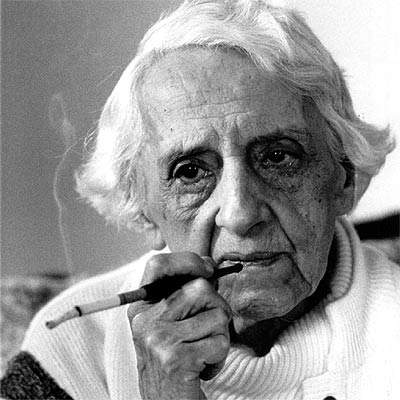El nombre de la colección deriva de una teoría concebida por la filósofa española María Zambrano. Esa teoría es la razón poética.
El uso de razón es una de las mayores capacidades humanas, pero esta no es la única. Como dijo María Zambrano, en la vía racionalista se puede inscribir otro tipo de conocimiento: uno intuitivo, emocional y estético. La tragedia del pensamiento occidental ha venido siendo, precisamente, esa separación radical entre filosofía y poesía, cuando en realidad deberían ser complementarias. Por lo tanto, la razón poética es un método que intenta “mirar” aquellos niveles de la realidad ocultos para “ir llevando el sentir a la inteligencia”. Este nuevo saber, que la filósofa llama “revelación”, debe sumarse al puramente racional.
Por lo tanto, de aquí surge la motivación de crear esta colección como herramienta estética para suscitar emociones y, a partir de ahí, incentivar y estimular el diálogo, la reflexión, el pensamiento crítico y constructivo, incluso en diversos espacios públicos: bibliotecas, centros culturales o educativos, foros en la red, cinefórums, etc. Durante esas discusiones, se podrán abordar una gama de temas humanos además de la violencia, como la soledad, las jerarquías relacionales, el poder… Por lo tanto, el propósito último de la colección es fomentar, a partir de imaginerías, espacios de autodeterminación, convivencia o incluso, para algunos, de supervivencia.
The collection is named after a theory created by Spanish philosopher, María Zambrano. That theory is the poetic reason.
Our ability to reason is one of humanity’s greatest assets, but it is not the only one. As María Zambrano explained, another form of understanding can be brought to the rational process: one that is aesthetic, intuitive and emotional. Western thought falters in its radical separation of philosophy and poetry, when in reality they should be complementary. Zambrano’s poetic reason is therefore a method that attempts to explore the hidden levels of reality and incorporate this new knowledge–which she calls “revelation”–with the purely rational, thereby “bringing emotion to intelligence”.
Thus, the rationale behind this collection arises from the need to create an aesthetic tool that elicits emotions and, from there, it intends to encourage reflection, stimulate dialogue and generate constructive and critical thinking, even in a variety of public places: libraries, cultural and educational centres, cinemas and online forums, etc. During these discussions, a range of topics could be considered in addition to violence, such as loneliness, hierarchy, power… The ultimate purpose of the collection is therefore to use the imagery to create spaces that facilitate self-determination, coexistence and even, for some, survival.



